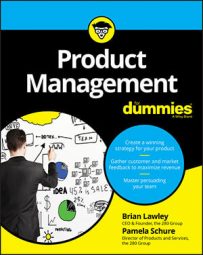- Identify the problem. Conflict arises for many reasons. Often the reason for a conflict is a simple misunderstanding of what the underlying issues are. Have you heard the expression "We are in violent agreement"? This is when two people are agreeing on a topic from two different points of view. Only after some time does everyone agree that they are, in fact, on the same side. To avoid this scenario, start by having each side go through a couple of sequences of active listening. In active listening, each party says what they are thinking. They are not interrupted and the opposite party is responsible for accurately echoing (stating back) what the other has said. The listening party does not add in their point of view. Once one party has finished, the process is repeated the other way around. If necessary, this process is repeated several times until each side completely understands the other's point of view.
- Don't "calm down." In another conflict situation, one person may be quite agitated or excited. In this circumstance, dealing with facts is out of the question. The top priority is sorting out the emotions of the agitated party. Respond with slightly less energy than the person who is speaking (or shouting) and acknowledge their emotion. No, don't shout back, but don't start at low energy. For example, start with an energetic "It sounds like you're really upset/angry/fed up." When the agitated person responds to this statement, go for round two. As long as you have correctly named the emotion in play, that person's energy level should drop a bit. Keep this process up without focusing on the facts until the person is a bit calmer and the energy level is reduced. When addressing facts, you don't have to agree with each interpretation. All you need to do is show you understand.
- Create careful boundaries. No matter how upset a person is, you must insist that no attacks are personal. The conflict can revolve around points of view, but not finger pointing. A key to resolving a conflict is for each person to really hear the other person. If one of the parties is attacking the other, resolution won't happen. Stop the conversation and redirect it to focus on the situation.
- Remain curious. Sometimes closely controlling a situation by trying to micro-manage a discussion actually results in having less control. One way to loosen control is to avoid the 20-question method of asking yes-and-no questions until you guess the right one. Instead, focus on a comprehensive understanding of the situation. You then achieve two things: establishing all the facts and feelings about a topic and slowing the process down so that tensions can decrease. Retaining an attitude of curiosity means asking non-judgmental and open-ended questions. These are questions that typically start with "what' and "how." They are questions that leave the respondent space to speak in their language. Practice remaining curious and you'll have more success no matter what the stress.

